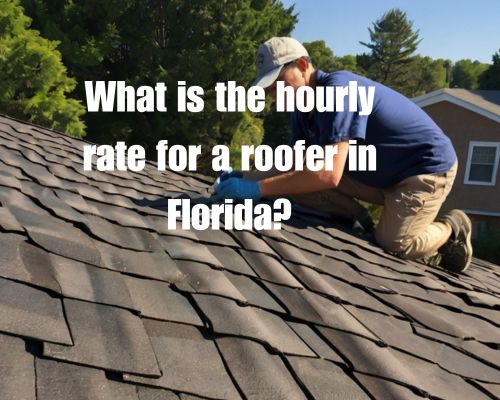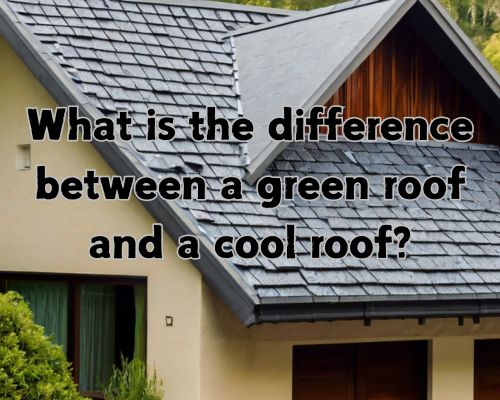Why is My Hot Water Tank Not Filling Up?

Common Causes and Solutions
If you’ve found yourself standing next to a cold shower, wondering why your hot water tank isn’t filling up, you’re not alone.

One of the most common reasons your hot water tank may not be filling up is a closed cold water valve. This simple issue can be resolved by ensuring the valve on top of the tank is fully opened.
Leaks are another culprit. They can occur in various parts of the system, such as the tank or connecting pipes.
Keep an eye out for puddles around your water heater, as these water spots can pinpoint the location of the leak.
It’s essential to be aware of potential airlocks or issues within the system that might prevent your tank from filling properly. By addressing these areas, you can ensure a steady supply of hot water for your home.
Identifying Common Causes for a Hot Water Tank Not Filling Up
Understanding why your hot water tank isn’t filling up can save you time and stress. Based on Plumber Warragul, here are the most critical factors to investigate.
Check for Leaks and Damage
A leaking water heater is one of the primary reasons why your hot water tank may not fill up. Inspect the area around the tank for puddles or damp spots.
Look at all the connections, especially the pressure relief valve (TPR valve), and ensure they are secure.
If the exterior of the tank shows signs of rust or corrosion, it could mean internal damage. In some cases, a warranty may cover these issues, so check your documentation.
Sediment Build-Up Issues
Sediment buildup in the tank can obstruct the filling process. Over time, minerals from your water supply accumulate at the bottom of the tank.
This sediment can clog pipes and reduce heating efficiency. To address this, you might need to flush the tank.
Ensure you turn off the water heater and let it cool before beginning. Regular maintenance is crucial to prevent severe build-ups and prolong your heater’s life.
Water Pressure and Supply Problems
Insufficient water pressure or water supply may prevent your tank from filling correctly.
Check the supply lines for any blockages or damage. Sometimes, clogged pipes can significantly reduce water flow.
Ensure that the main supply valve is fully open. It’s also wise to inspect other faucets in your home to determine if the water pressure issue is isolated to the water heater or a broader problem.
Valves and Thermostat Troubles
Valves, including the hot and cold water valves, must be set correctly to allow proper tank filling.
Ensure that both are fully open. A malfunctioning thermostat can also disrupt your hot water supply.
If the thermostat is not calibrated correctly, it might prevent the tank from heating and refilling correctly. Replacing or resetting the thermostat could resolve the issue. Always consult your heater’s manual for specific instructions.
Professional Diagnosis and Repair
Seeking professional like Plumber Warragul, for help and considering maintenance or replacement options are crucial if your hot water tank is not filling up. Expert assistance and proper maintenance can save you both time and money.
Seeking Expert Assistance
When your hot water tank is not filling up, contacting a professional plumber is a wise decision.
Plumbers have the necessary tools and experience to diagnose issues that might escape an untrained eye. They can check for leaks, faulty heating elements, and issues with the circuit breaker.
Professional plumbers can perform a thorough inspection to identify common problems such as a defective water heater thermostat or a malfunctioning anode rod.
By understanding what to troubleshoot, they can provide specific fixes or recommend a course of action. They can also safely handle gas or electric components, adhering to safety standards.
Maintenance and Replacement Solutions
Routine water heater maintenance is essential to keep your system operating efficiently.
This includes flushing the tank to remove sediment, inspecting the drain valve, and checking the anode rod.
Regular maintenance can extend the lifespan of your water heater and prevent future problems.
If your hot water system is beyond repair, replacing it with a new unit, such as a tankless water heater, might be more economical in the long run.
Newer models offer improved energy efficiency and advanced features.
Consulting with a professional plumber ensures that you select the right type and size for your home.




